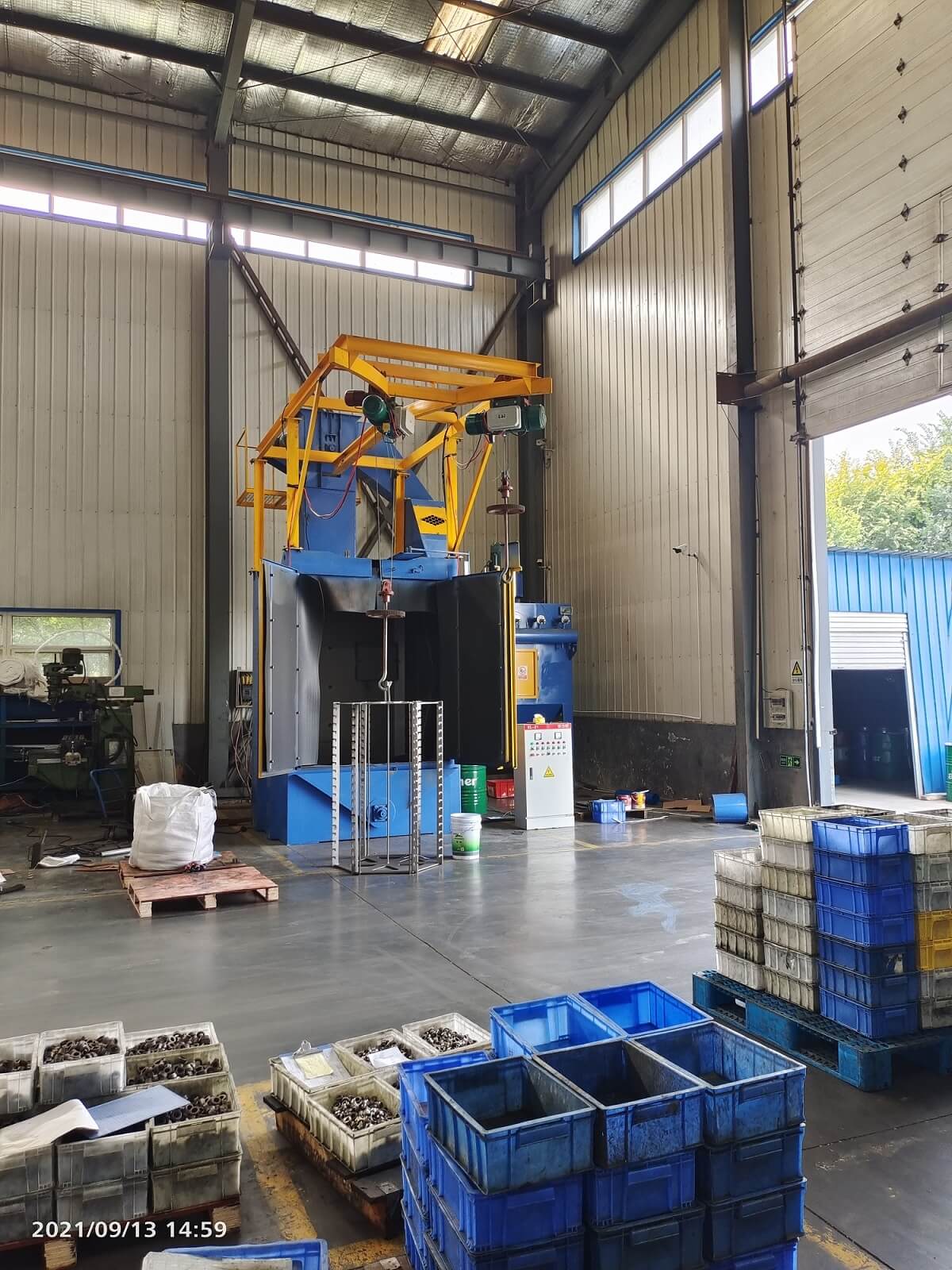1. Immersion
Powder metallurgy components are inherently porous. Impregnation, also known as penetration, involves filling most pores with the following substances: plastic, resins, copper, oil, another material. Placing the porous component under pressure can cause leakage, but if you soak the part, it will become impermeable to pressure. The materials used for impregnated parts depend on factors such as cost and application. For example, copper may swell during sintering, thus destroying dimensional stability. Immersion in oil can automatically lubricate parts. Everything depends on your design requirements.
2. Electroplating
Electroplating is an alternative to stainless steel for aesthetic or functional needs - making parts visually attractive, improving corrosion resistance, etc. Plating provides you with these qualities while allowing you to "sandwich" cheaper materials into the original parts.
3. Shot peening
Shot peening is a local densification process, which can improve the surface of parts by removing burrs and applying surface compressive stress to the parts. This may be beneficial in some fatigue applications. Sand blasting also produces small pits that trap lubricant on the surface of the part. Fatigue cracks are usually initiated by surface defects. Shot peening can effectively prevent the formation of surface cracks and may delay the development of overall cracks.
4. Steam treatment
When applied to iron based components, steam treatment will form a thin and tough oxide layer. The oxide layer does not rust; It is a substance that adheres to iron. This layer can improve corrosion resistance, pressure resistance and hardness

Post time: Nov-09-2022
